Insights into Bee Vision: Enhancing Foraging Efficiency, Navigation, and Pollination
Understanding how bees see is crucial for several reasons, especially given their pivotal role as pollinators in ecosystems and agriculture. Bees' vision significantly impacts their foraging behavior, navigation, and communication within their colonies.
Let's delve deeper into each aspect of how bees see and why it matters:
Foraging Efficiency:
- Color Perception: Bees have trichromatic color vision, meaning they can perceive a wide spectrum of colors, including ultraviolet (UV) light, which is invisible to humans. This ability allows them to distinguish between different flower species based on color patterns.
- Shape and Pattern Recognition: Bees can recognize and remember specific flower shapes and patterns, aiding them in efficient foraging. Understanding how they perceive these visual cues helps in designing gardens and agricultural landscapes that cater to their preferences, ultimately increasing pollination rates and biodiversity.
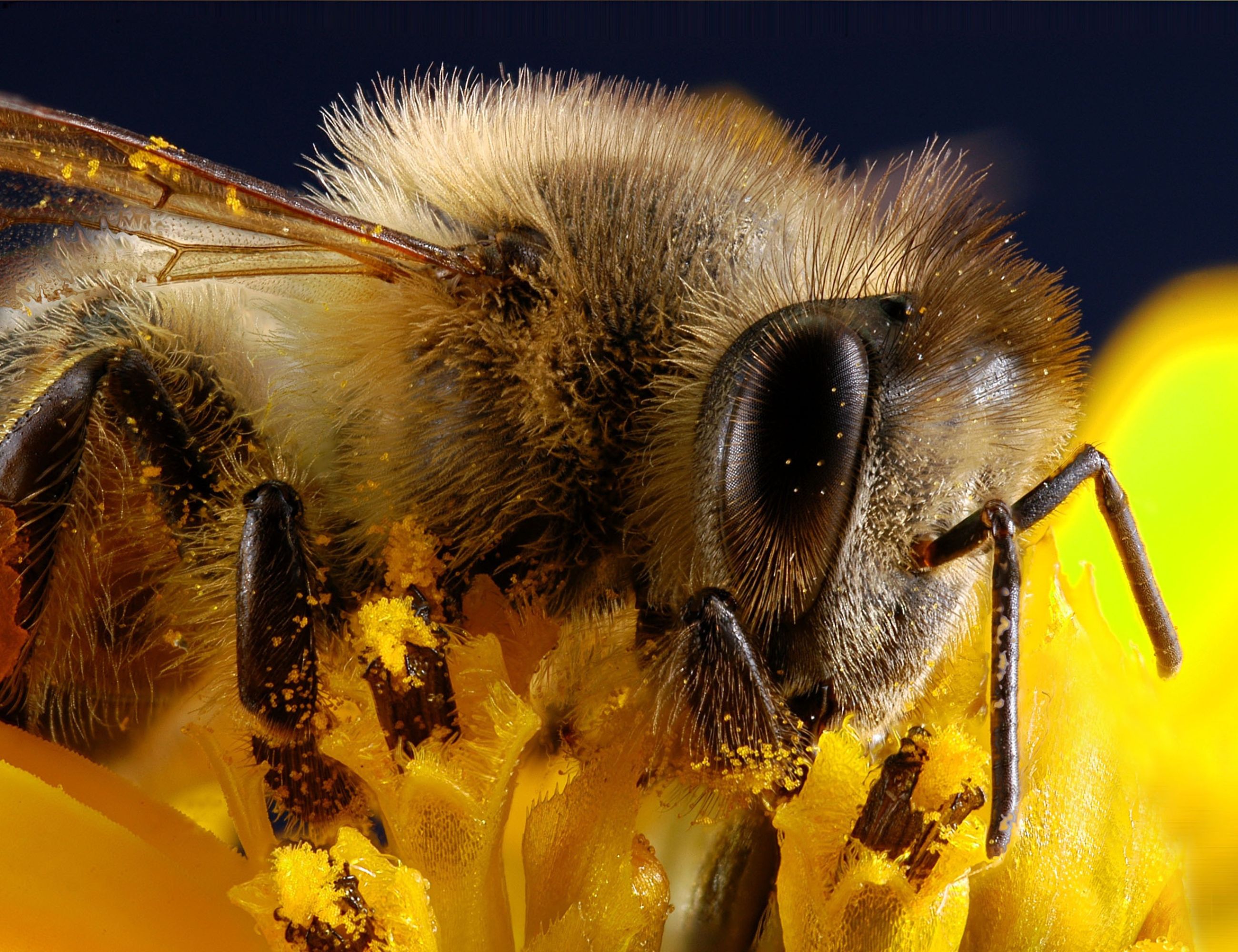
Navigation:
- Polarized Light Detection: Bees can detect polarized light patterns in the sky, which they use for orientation and navigation. This ability is crucial, especially on cloudy days when the sun is not visible. Research on how bees perceive polarized light aids in understanding their navigation strategies and developing navigation algorithms for autonomous drones and robots.
- Landmark Recognition: Bees use prominent visual landmarks such as trees, buildings, and even specific flower patches to navigate back to their hives. Protecting these landmarks and maintaining diverse landscapes helps bees maintain accurate navigation, contributing to their overall foraging success.
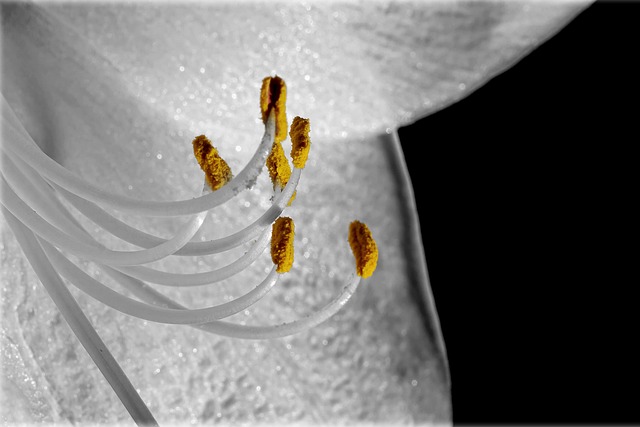
Pollination:
- Flower Detection: Bees rely on their vision to detect flowers from a distance. They are attracted to specific colors, especially blue and violet, which are prevalent in many flowers. Understanding the visual cues that attract bees to flowers aids in designing agricultural landscapes that maximize pollinator visitation and crop yield.
- Assessment of Reward: Bees assess the quality and quantity of nectar and pollen by visual cues such as flower shape, size, and color intensity. By understanding how bees perceive these cues, researchers can optimize floral traits to attract more pollinators, benefiting both wild plants and agricultural crops.
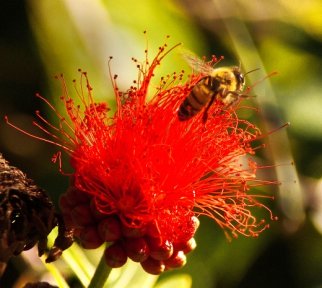
Communication:
- Waggle Dance Interpretation: Bees communicate the location of food sources through intricate dances known as waggle dances. The direction and duration of these dances convey information about the distance and direction of the food source. Understanding how bees interpret and respond to these visual signals sheds light on their complex communication systems and social organization within the hive.
- Visual Signals: In addition to dances, bees use visual signals such as antennation and body vibrations to communicate within the colony. Studying these visual cues enhances our understanding of bee behavior and can inform the development of technologies for monitoring hive health and activity.
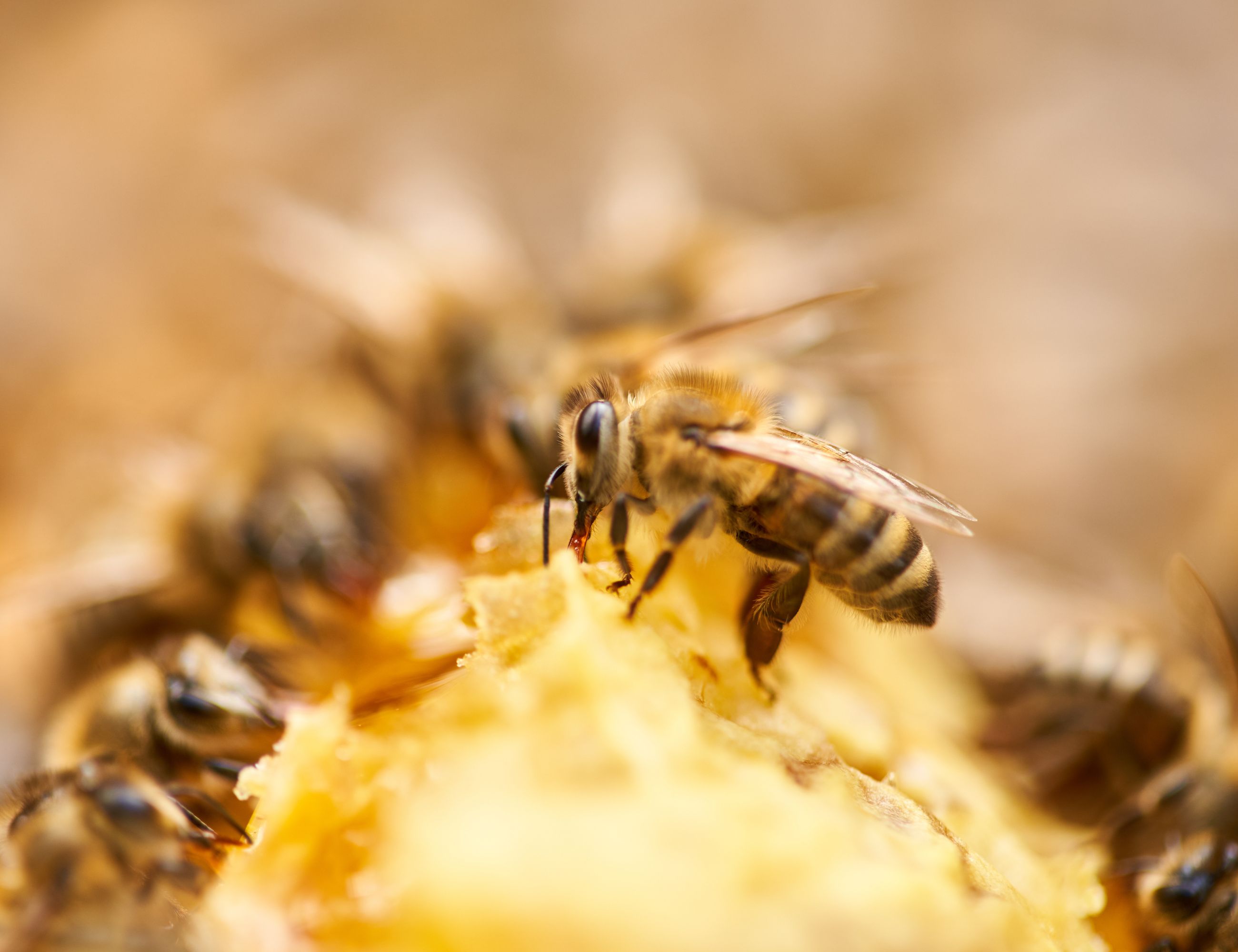
Conservation:
- Habitat Restoration: Bee-friendly habitats incorporate diverse flowering plants that provide abundant food resources and nesting sites for bees. Understanding which colors and flower shapes attract bees helps in selecting appropriate plant species for habitat restoration efforts.
- Pesticide Mitigation: Some pesticides can interfere with bee vision, affecting their foraging behavior and navigation. Research on bee vision can inform pesticide development and application practices to minimize harm to bee populations while ensuring effective pest control.
By studying how bees see and incorporating this knowledge into various fields such as agriculture, robotics, and conservation biology, we can better support bee populations and harness their pollination services for sustainable ecosystems and food production.
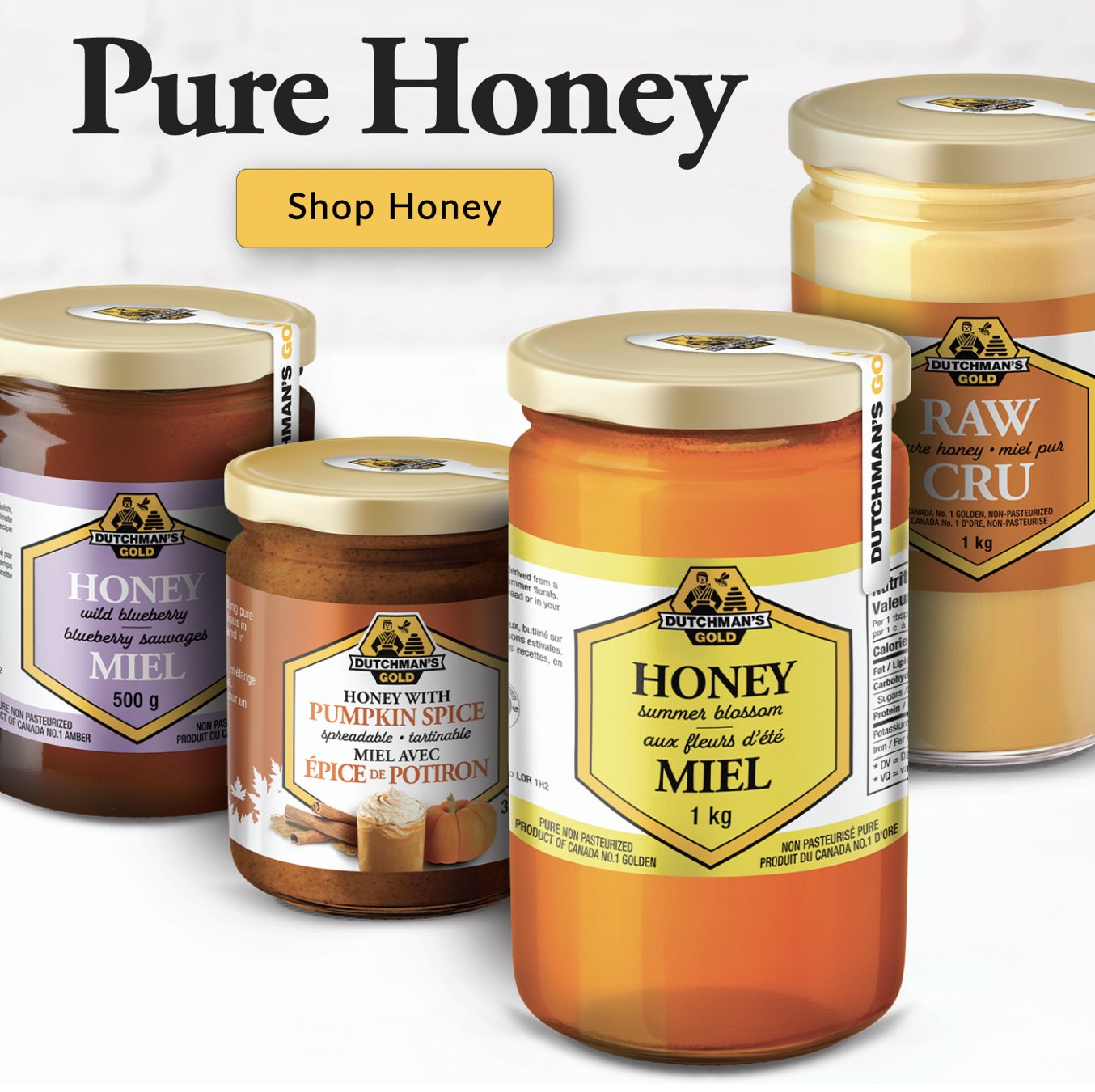
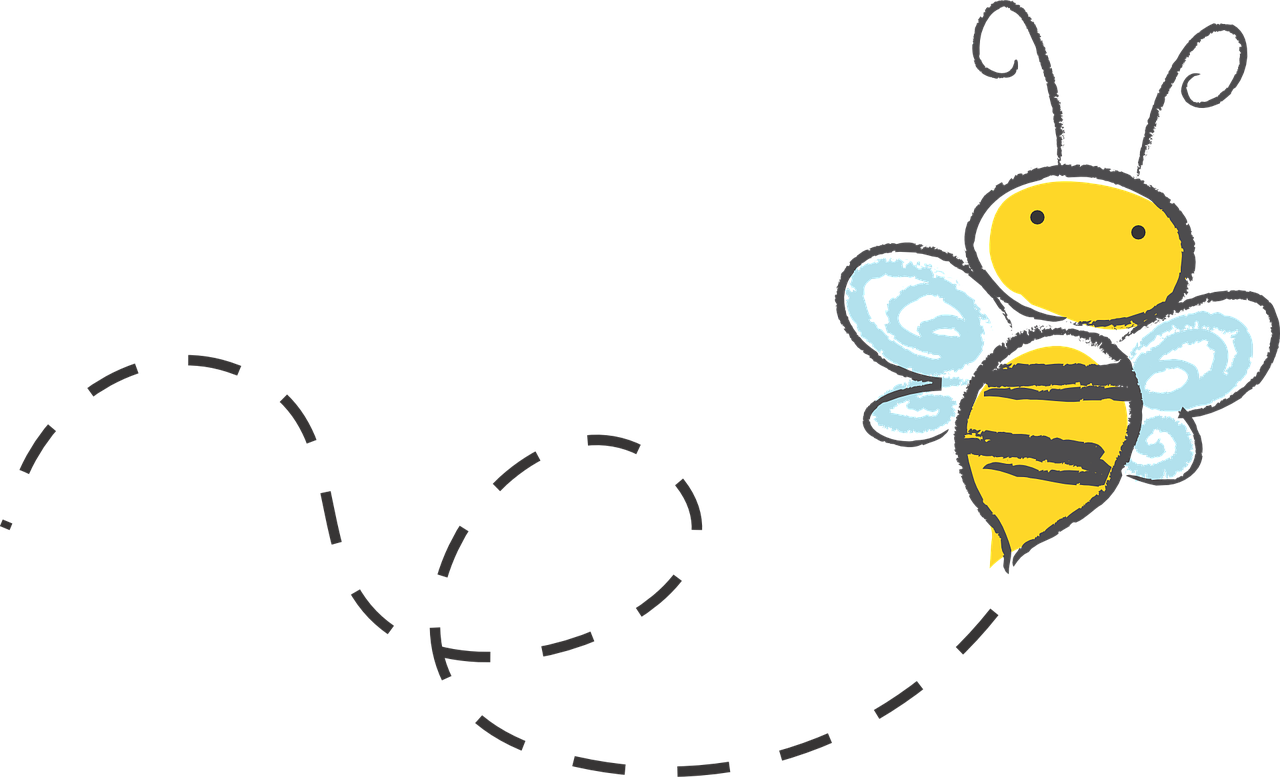
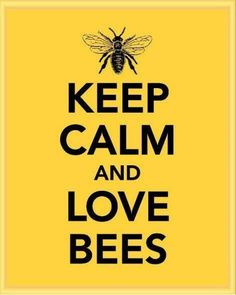
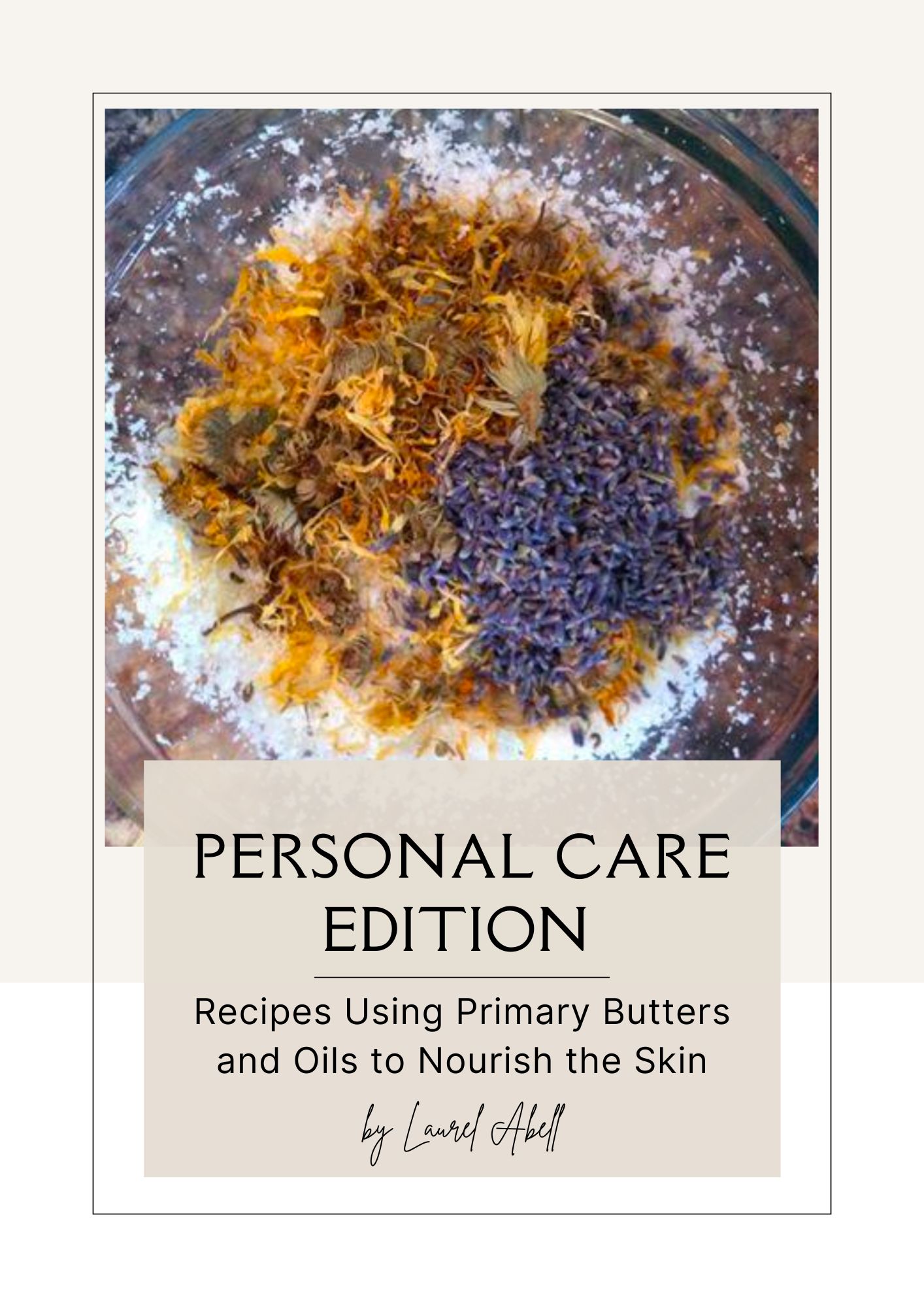
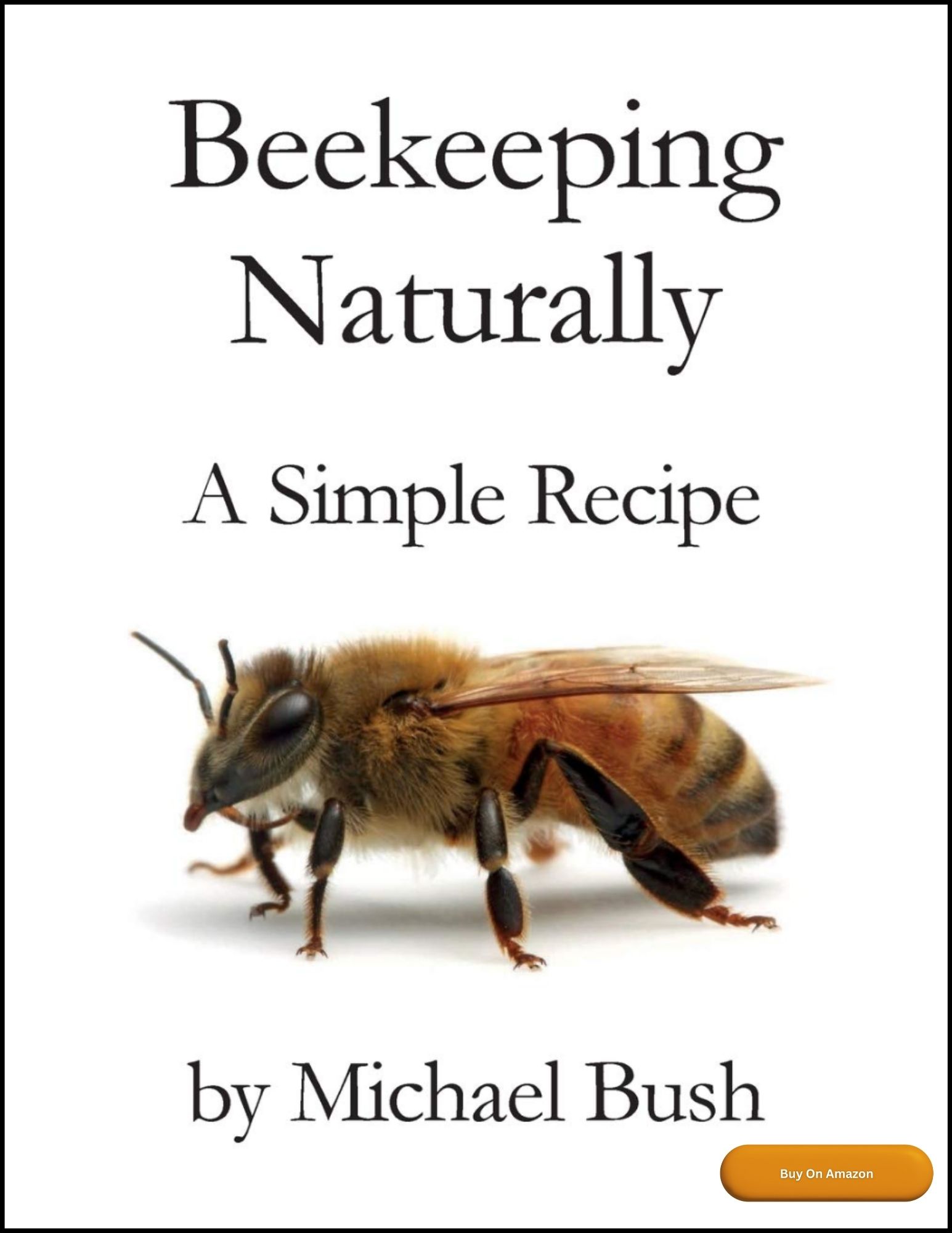
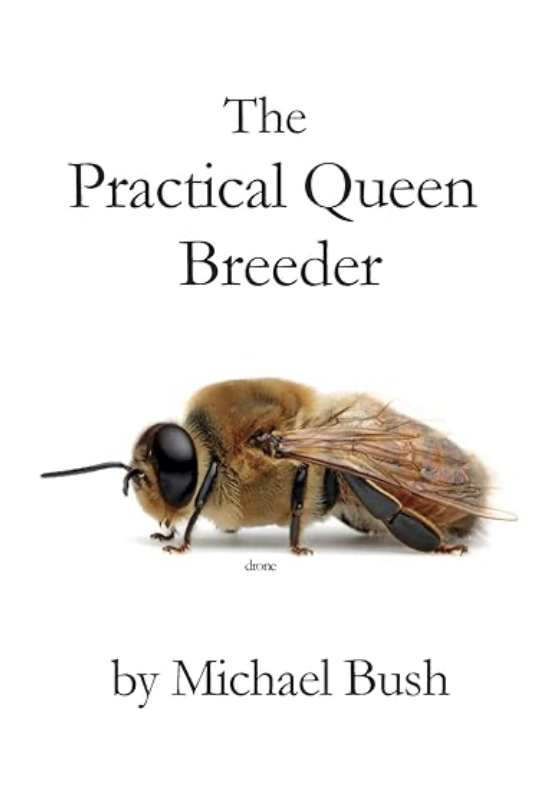
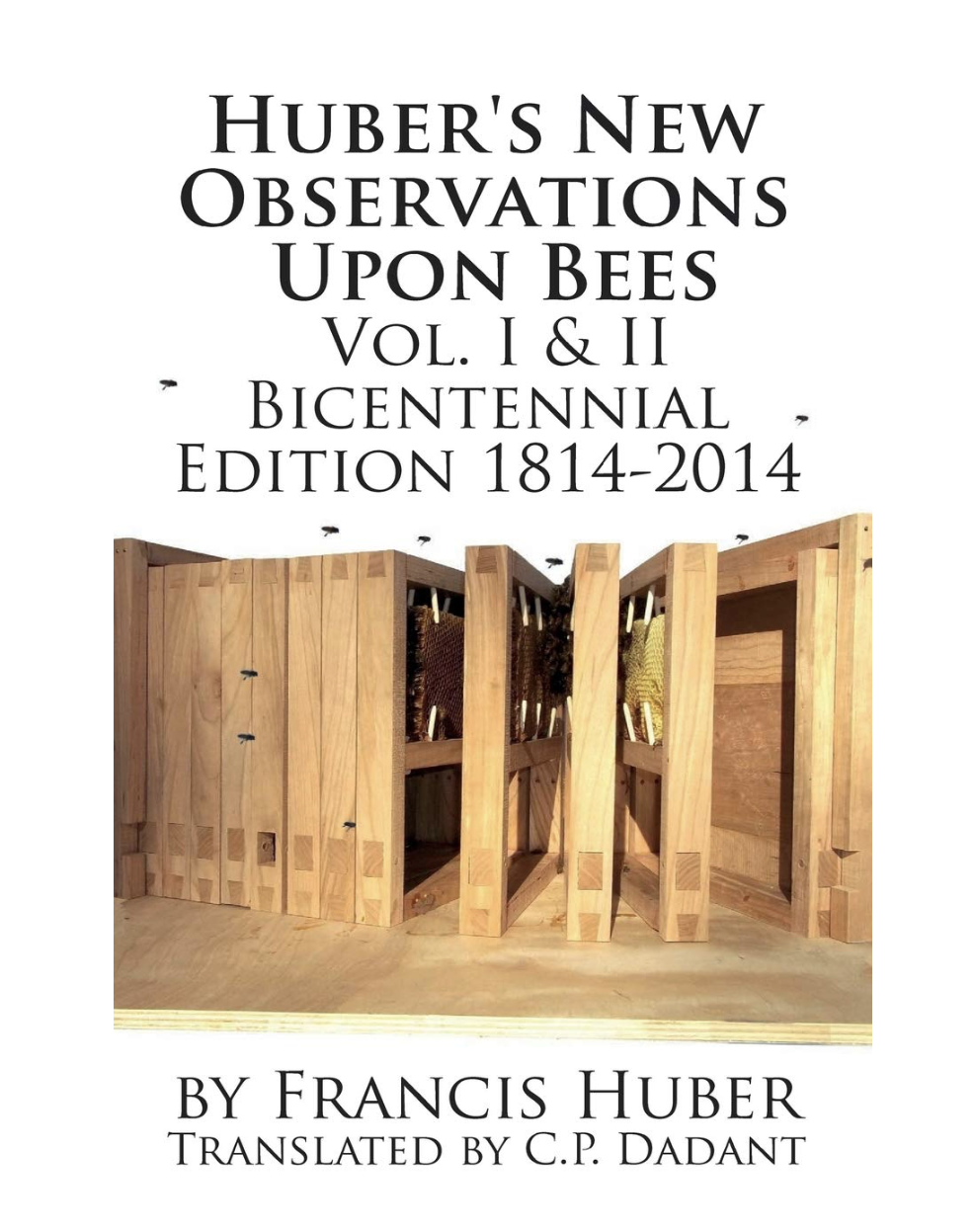
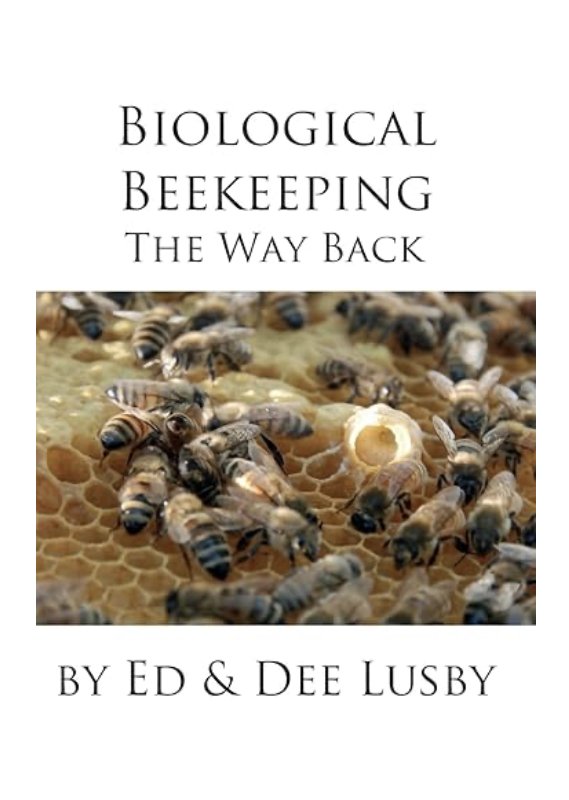

New! Comments
Have your say about what you just read! Leave me a comment in the box below.